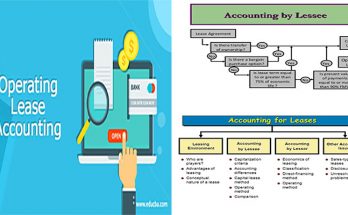 Commonly accepted accounting practice (both SSAP 21 and IAS 17) defines an operating lease as ‘a lease other than a finance lease’. Economic Accounting Standards Board will need capitalizing operating leases in 2019, ending the distinction amongst operating and capital leases. For the reason that an organization does not own the asset, it is not recorded on the firm’s balance sheet.
Commonly accepted accounting practice (both SSAP 21 and IAS 17) defines an operating lease as ‘a lease other than a finance lease’. Economic Accounting Standards Board will need capitalizing operating leases in 2019, ending the distinction amongst operating and capital leases. For the reason that an organization does not own the asset, it is not recorded on the firm’s balance sheet.
Possessing a grossed up balance sheet to look at is not going to enable you recognize exactly where a business does or does not devote its money. A capital lease, in contrast to an operating lease, is treated as a purchase from the standpoint of the particular person who is leasing and as a loan from the standpoint of the individual who is offering the lease, for accounting purposes.
If technological advances in your sector have a tendency to make your gear obsolete each and every couple of years, a brief term lease can help you remain up to date. Professor Damodaran at the Stern College of Business at NYU developed an Excel spreadsheet that can be conveniently applied to each estimate the interest price on unsecured debt and capitalize operating leases.
Because the new amendments have not drastically changed the accounting for capital leases (now known as finance leases), we will omit the journal entries from this discussion. Operating leases are not shown in your balance sheet, when the capital lease suggests that assets are the home of your corporation or enterprise, and will thus be shown in your accounting books.
General, existing methods develop some difficulty for users of economic statements in comparing financial reports amongst entities, and the level of arbitrary determination of operating or capitalizing is worrisome. In this case, the reduce in the asset and liability is the $200,000 lease expense, significantly less the interest connected with that expense of $32,076.



